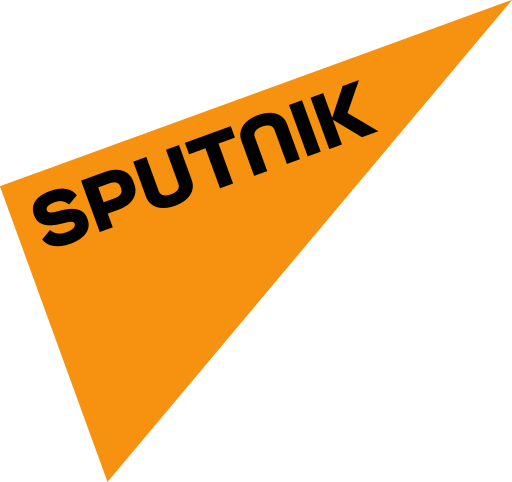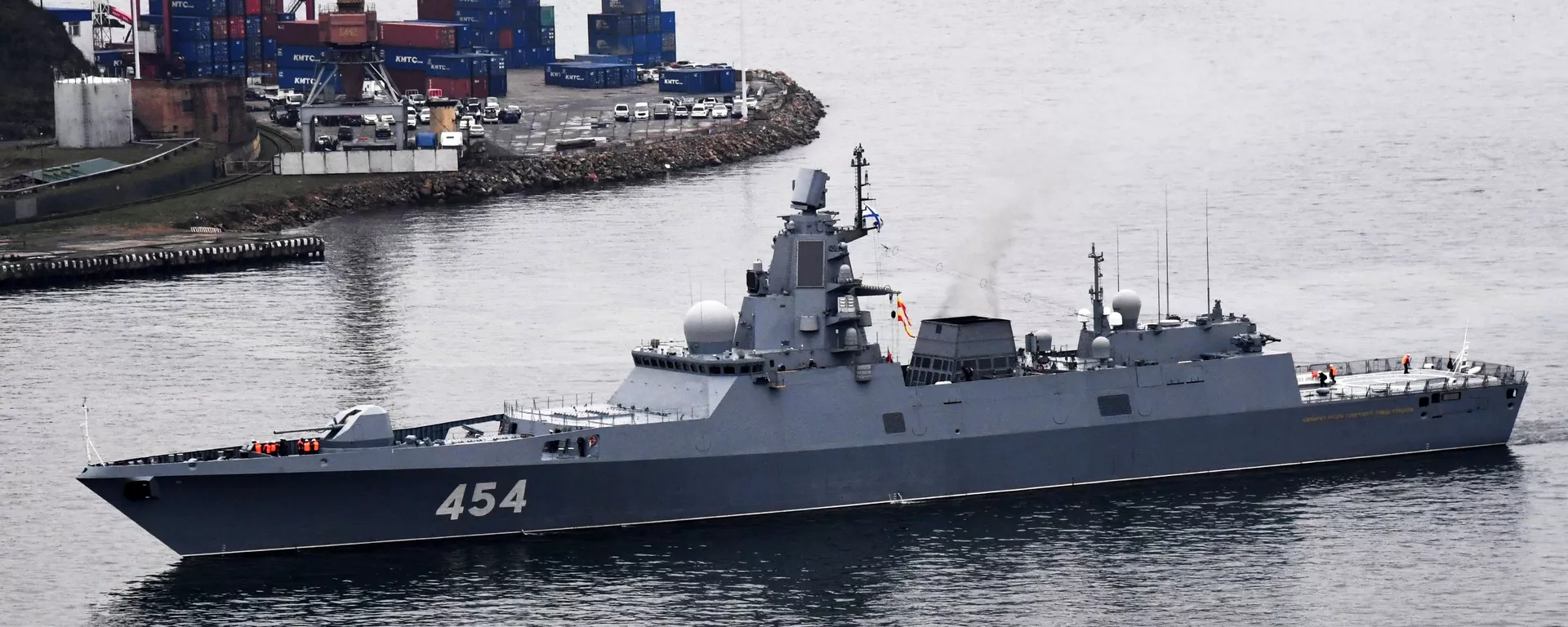"The impact force" of the Oreshnik missile system "is colossal, but can of course, be added to to make it even more powerful," Russian President Vladimir Putin said during a trip to Astana, Kazakhstan this week for a Collective Security Treaty Organization summit.
There are several “different ways to make the Oreshnik even more powerful,” retired Russian army colonel and veteran military observer Viktor Litovkin explained to Sputnik.
1.
“First of all, it can be made as an intercontinental ballistic missile, not necessarily a medium-range one, by adding another rocket stage,” Litovkin said, recalling that in its present form, Oreshnik reportedly has two stages.2.
Second, the power of its nuclear-capable warheads could be increased, the observer said, citing reports of an existing yield between 450 and 900 kilotons total for the missile and its six MIRV warheads. In Soviet days, Litovkin recalled, the R-36 Voevoda ICBM had up to 10 MIRVs, each with a 750-kiloton strike potential. Nowadays, when newer missiles are far more accurate, landing meters or tens of meters rather than hundreds of meters from their targets, it’s unclear whether such modifications are necessary. It’s up to engineers and the Russian political and military leadership to decide, Litovkin said.3.
“The power of the missile’s conventional charge can also be increased,” the observer pointed out, saying it remains unclear whether the Oreshnik that struck the defense enterprise in Dnepropetrovsk was carrying any charge at all, or relied solely on kinetic force to destroy the factory and burrow tens of meters deep into the ground.Finally, when discussing any potential modifications to weapons like the Oreshnik, “it’s always important to remember the concept that the target must be more expensive than the projectile used against it. That is, you don’t shoot sparrows with a cannon,” Litovkin emphasized.
"It's necessary to understand that each type of target must have its own projectile," he noted, comparing, for instance, the power of the kinetic force-only strike of an Oreshnik flying at a speed of Mach 10 against an ICBM-launched Avangard hypersonic glide vehicle approaching at a speed of Mach 27.
"Therefore, whether or not it's necessary to increase a projectile's hypersonic speed is decided in each specific case. It's noteworthy that the Kinzhal hypersonic missile has a speed of Mach 10, as does the Zircon, as does the Oreshnik...Perhaps, the weapons' designers have come to the conclusion that for comparatively short distances, there is simply no need to further increase the power, and that doing so would be expensive, and probably not rational," Litovkin summed up.

 4 months ago
33
4 months ago
33








 We deliver critical software at unparalleled value and speed to help your business thrive
We deliver critical software at unparalleled value and speed to help your business thrive






 English (US) ·
English (US) ·